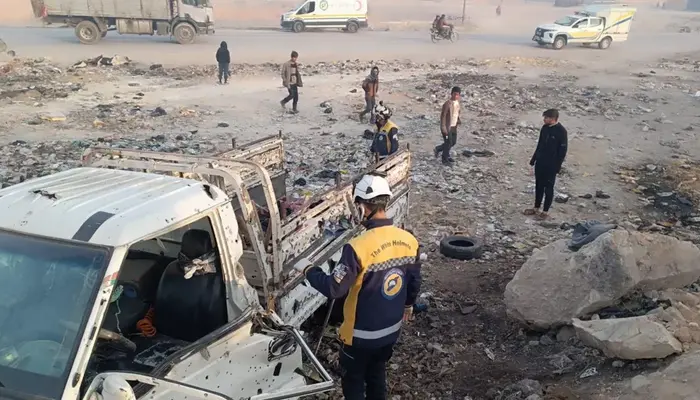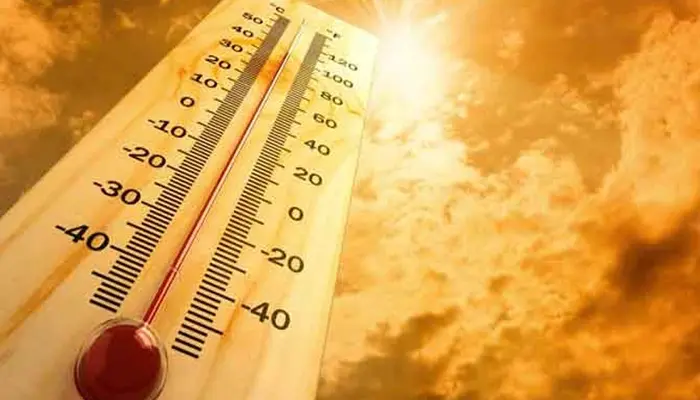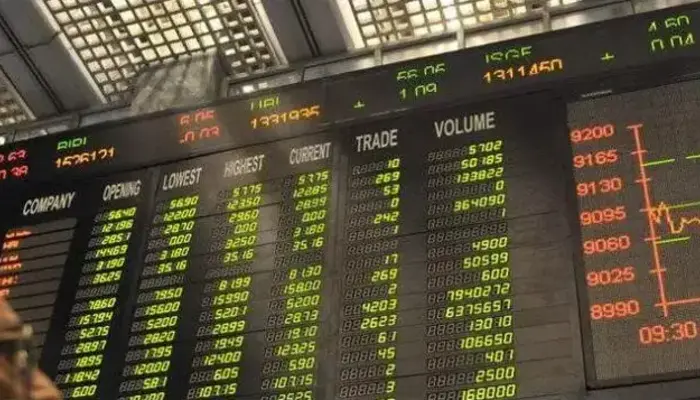Rising Threat of Falling Space Debris to Aircraft: New Research
Space debris is becoming an increasing concern for air travel, according to new research. The risk of falling space debris colliding with aircraft is growing as both the frequency of space reentries and airline flights continue to rise. Although the likelihood of such an event is low, the potential consequences could be catastrophic.
Increasing Risk from Uncontrolled Reentries
The issue of space debris reentering Earth’s atmosphere has gained attention due to the increasing number of objects in orbit and the potential risks they pose to aviation. When these objects fall uncontrollably, they can cross flight paths, putting airplanes at risk. While the chances of a collision are small, the damage caused by such an event could be devastating for both aircraft and passengers.
In January 2025, SpaceX’s Starship 7 vehicle lost control during a test flight from the Texas-based Starbase facility. The debris from this incident fell into the Atlantic Ocean near the Turks and Caicos Islands. In response, the Federal Aviation Administration (FAA) enacted a Debris Response Area, temporarily slowing aircraft movements and advising pilots to divert their flights. Some aircraft were forced to hold in areas far from the falling debris, while others requested to divert due to low fuel.
Read: Moon’s Surface Still Active: New Ridges Reveal Lunar Tectonics
Impact of Space Debris on Airspace
The event highlighted in the FAA’s response aligns with findings in a new study published in Scientific Reports. The research, conducted by a team from the University of British Columbia in Canada, stresses that the risk of space debris collisions with aircraft is rising. The study specifically notes that airspace closures during reentry events have become more common as authorities seek to mitigate this growing threat.
Researcher Ewan Wright from the University of British Columbia stated that busy airspaces, such as those in the Northeastern United States and Northern Europe, face a 26% chance of experiencing an uncontrolled reentry of space debris each year. As more debris reenters the atmosphere and air traffic increases, this risk is likely to grow, potentially leading to more frequent disruptions in air travel.
Proactive Measures and the Need for Airspace Closures
The findings suggest that national authorities may need to implement more proactive measures to protect air traffic. In some cases, airspace closures have already been put in place during space reentry events. These closures aim to reduce the risk of aircraft colliding with falling debris by restricting air traffic from flying through affected zones.
Given the rise in both satellite launches and commercial space missions, the problem of space debris is likely to intensify in the coming years. Aviation authorities will have to balance airspace management and the increasing frequency of space activities to ensure safety.
Conclusion: Growing Concern for Air Safety
With space debris becoming more prevalent, the aviation industry must stay alert to the potential hazards posed by uncontrolled reentries. Although the likelihood of a collision is low, the potential consequences are severe. As both space activities and air traffic continue to increase, the risk of such incidents will only rise. Effective airspace management and proactive measures will be essential to mitigating the threat of falling space debris.
Follow us on Google News, Instagram, YouTube, Facebook,Whats App, and TikTok for latest updates











